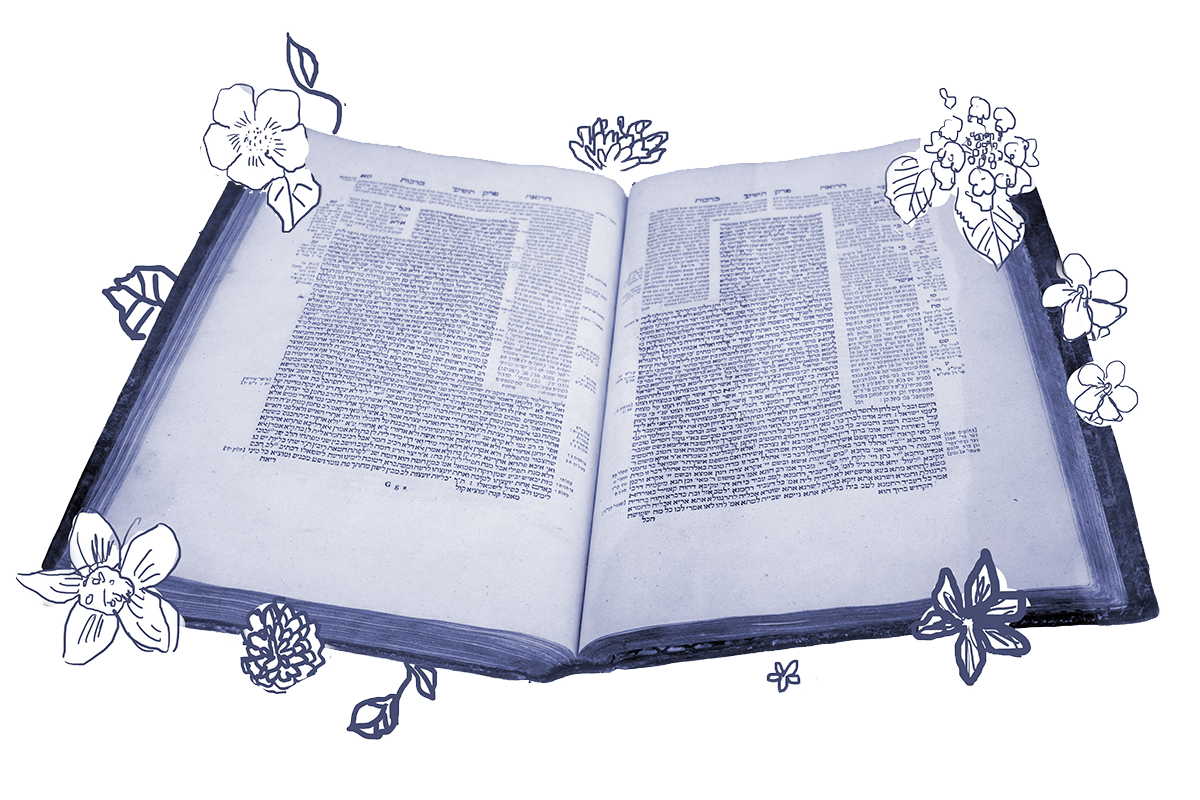By Rabbi Elliot Goldberg
The mishnah’s list of found items that a person must announce so that the owner has a chance to reclaim them includes three coins stacked on top of one another — presumably because this stacking looks intentional. Rabbi Yitzhak of Migdal explains further:
One is obligated to proclaim the find in a case where the coins are arranged in towers.
What does it mean to stack coins like a tower? According to Rashi, this means that the widest coin is at the bottom and the rest of the coins are stacked in size order with the smallest on top.

Help us keep Jewish knowledge accessible to millions of people around the world.
Your donation to My Jewish Learning fuels endless journeys of Jewish discovery. With your help, My Jewish Learning can continue to provide nonstop opportunities for learning, connection and growth.
We do not know much about Rabbi Yitzhak of Migdal, who is only quoted in the Talmud a handful of times. Migdal is a town near Tiberias, off the southwestern shore of the Sea of Galilee, and curiously enough, migdal is also the Hebrew word for tower. Coincidence?
Nineteenth-century talmudist Rabbi Zvi Hirsch Chajes notes that there are a number of sages, all of whom appear in the Talmud only a few times, who are given an appellation that refers to one of the laws with which they are affiliated. Rabbi Yitzhak tops his list. According to Rabbi Chajes, therefore, Rabbi Yitzhak of Migdal is not from Migdal; rather, he is known for teaching about towers, so we call him Rabbi Yitzhak the Tower Guy.
We saw another example of this on Berakhot 53 when we read in a beraita:
Rav Zuhamai says: Just as one who is filthy (mezoham) is unfit for Temple service, so too are filthy (mezohamot) hands unfit for reciting the Grace After Meals.
It’s unlikely that this sage’s parents gave him an unfortunate name that means “dirty.” More likely, he became known for the rule that one should wash hands before saying Grace After Meals. As a result, he acquired the nickname Filthy Rabbi, which ultimately supplanted his given name in the Talmud.
There is almost no extra-talmudic material from which we can confirm the biographical details of a particular rabbi. This is true for major figures like Rabbi Akiva as much as it is for minor ones like Rabbi Yitzhak of Migdal. So we will probably never know if he is actually from Migdal or if he is remembered for his teaching about coins stacked like a tower.
We do know that, in addition to being remembered for the Torah that they taught and the stories in which they appear, some rabbis are called by the place from which they came and others by the nicknames that they acquired. I’m pretty sure most, if not all, would rather be known as the Tower Guy rather than the Filthy One.
Read all of Bava Metzia 25 on Sefaria.
This piece originally appeared in a My Jewish Learning Daf Yomi email newsletter sent on March 24th, 2024. If you are interested in receiving the newsletter, sign up here.



